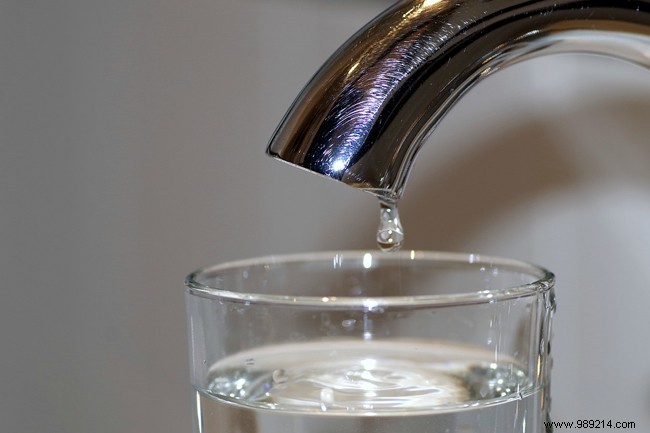
Did you know that by avoiding baths and opting for showers, you can save up to 140 liters of water daily, per person? Other simple, even innocuous gestures can reduce your consumption. Discover them.
The bathroom is the place in the house where we spend the most water. In order to save this precious resource which is becoming scarce, it is essential to use certain well thought-out systems. Among them is the water-saving spray head which at the same time keeps the power of the showerhead while lowering the flow rate to 7 litres/minute on average instead of 16. There is also the turbulence system which has the function of split the drops of water for an average saving of 50%. Ditto for the flow limiter seal. Otherwise, opt for the shower stop which stops the water when you soap up and then restarts it at the same temperature.
We can never tell you enough. Systematically prefer showers to baths if you want to significantly lower your water bill. Certainly, it is very relaxing to take a bath in the evening after an exhausting day. But be aware that this gesture consumes 150 to 200 liters of water compared to 60 liters for a 4-minute shower. Make the count! And if your children refuse and demand their daily bath, have them splash around together so as not to waste.
The garden is a major source of water expenditure. It is therefore crucial to learn a few tricks to avoid any form of waste. For example, use a rainwater harvesting system that is renewable and free. Or, opt for a mulch at the foot of your crops which will help preserve the humidity provided by watering. Speaking of watering, the latter is preferably done at night to avoid too rapid evaporation of the water. The ideal is to adopt a watering system called drip which gauges the pressure and the volume of water distributed.
 Kitchen Water
Kitchen WaterIn the kitchen too, some good reflexes are to be adopted for an optimal use of water. A good solution to not waste anything is to put a basin in the sink when washing your vegetables and then recover this water and reuse it for watering the plants. Also try to always activate the half load or eco mode of your dishwasher. And above all, always prefer to use your dishwasher rather than do a manual dip, which consumes too much water.
Water leaks cause large water consumption over the year. To give you a simple idea:a dripping tap can be the source of 35m3 spent each year. Worse. If it is a question of a faulty flush, the water expenditure peaks up to 175 m3. To find out if leaks are occurring, the trick is to compare the results displayed by your meter the night before sleeping and then in the morning when you wake up, making sure not to use water during the night. The next day you will see if the meter has continued to run. If so, it's time to track down the source of the leak.